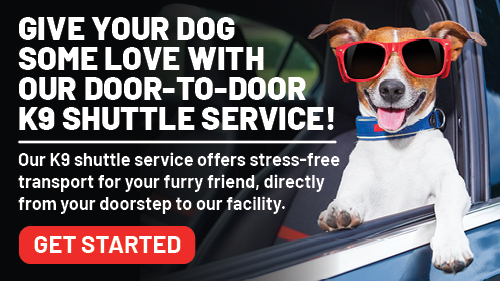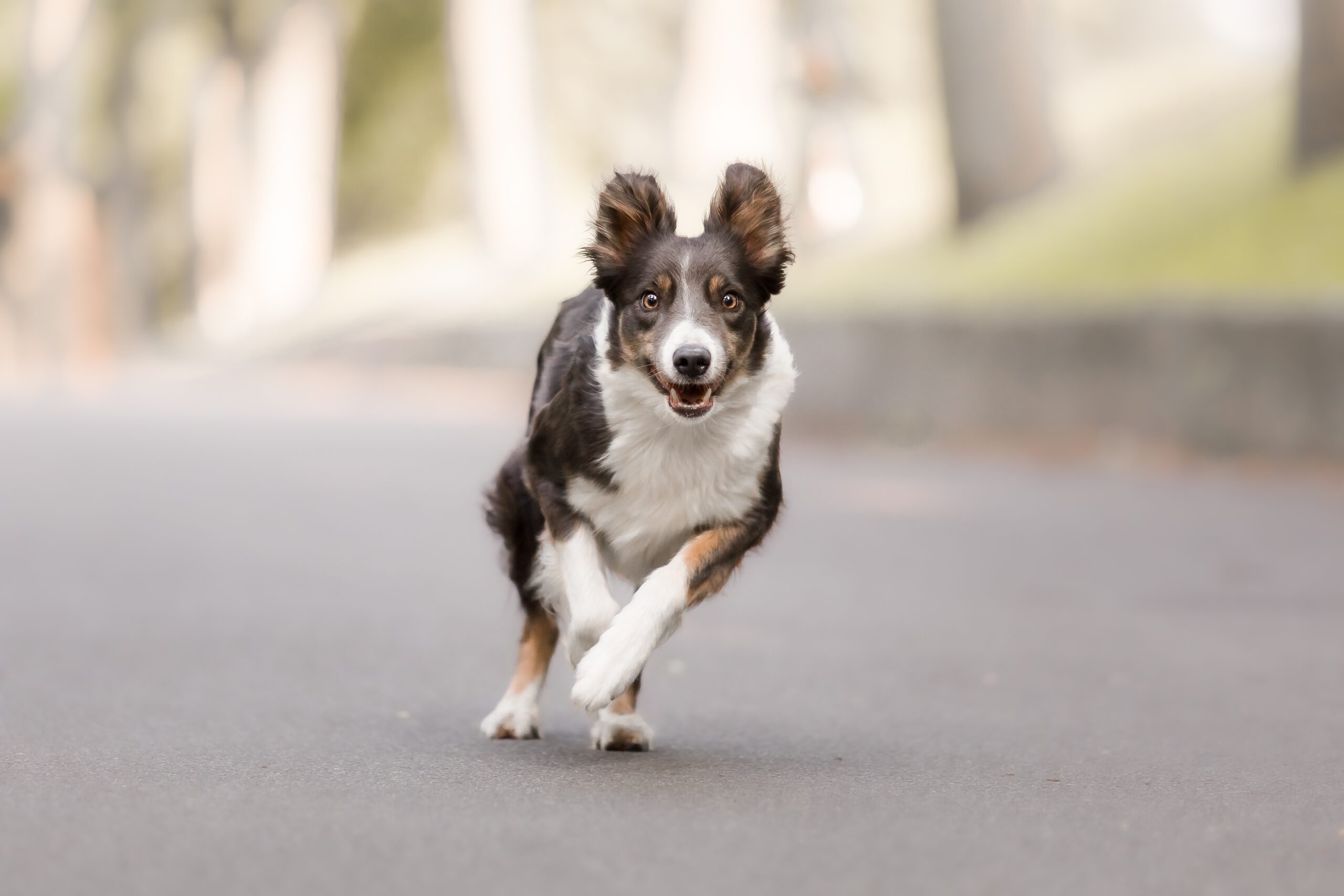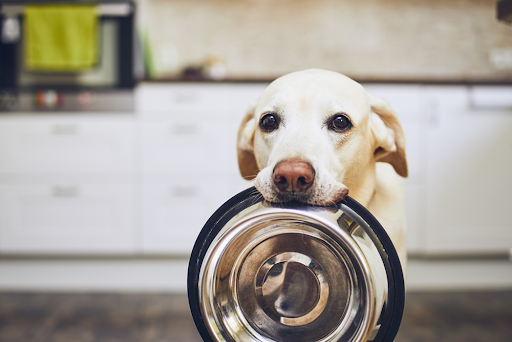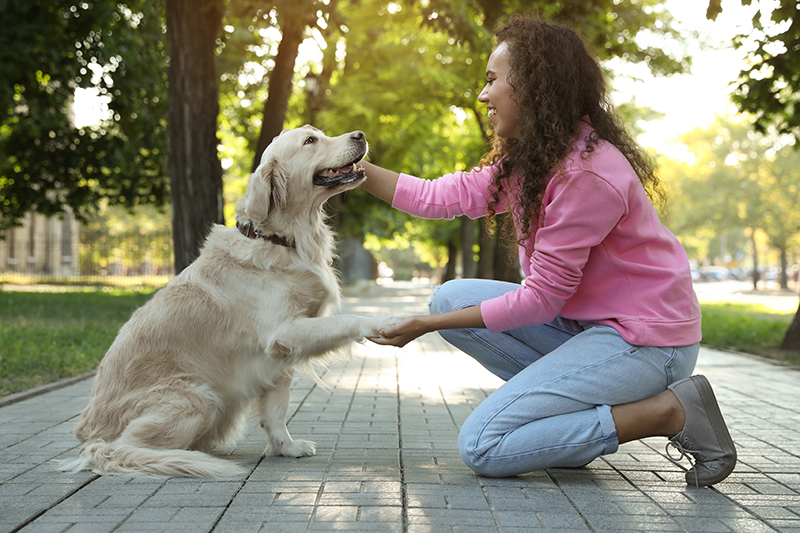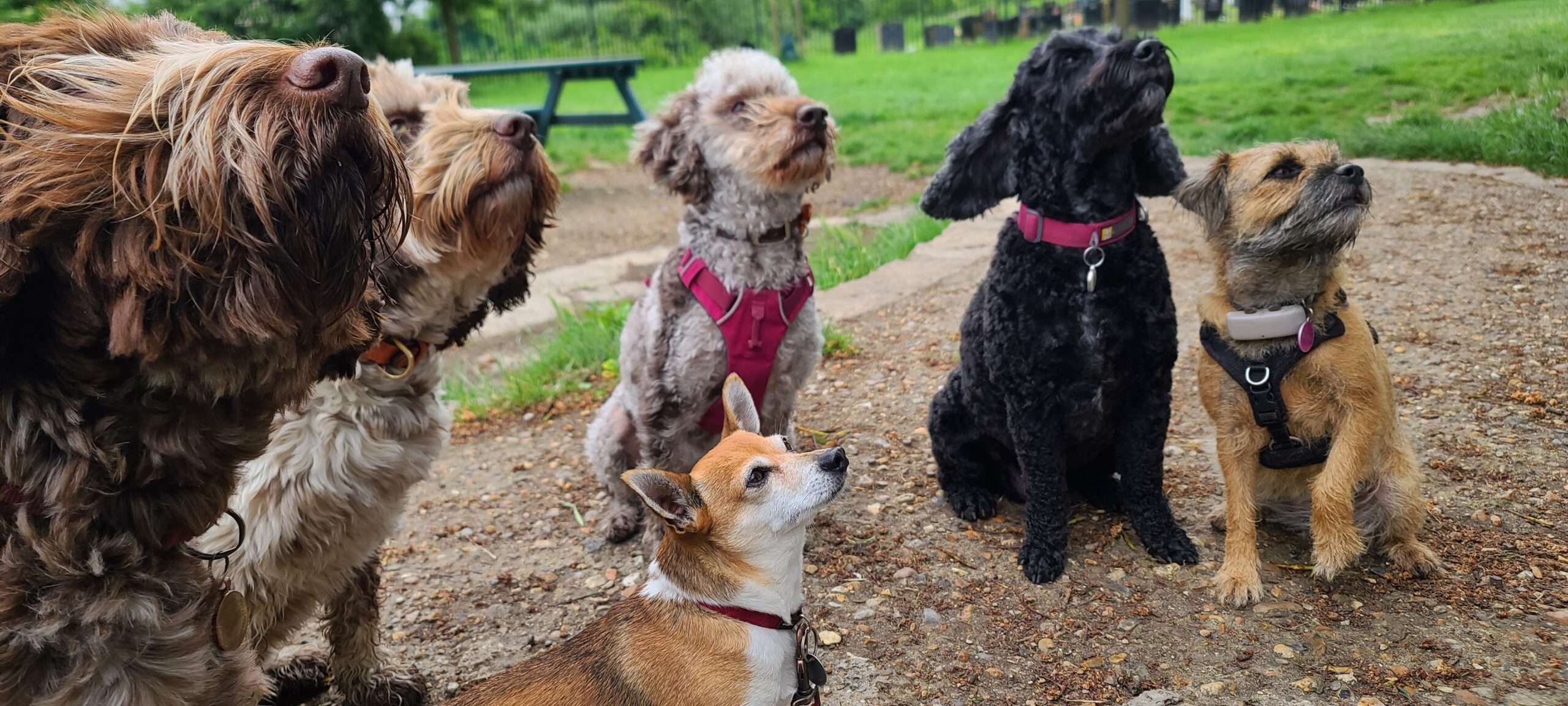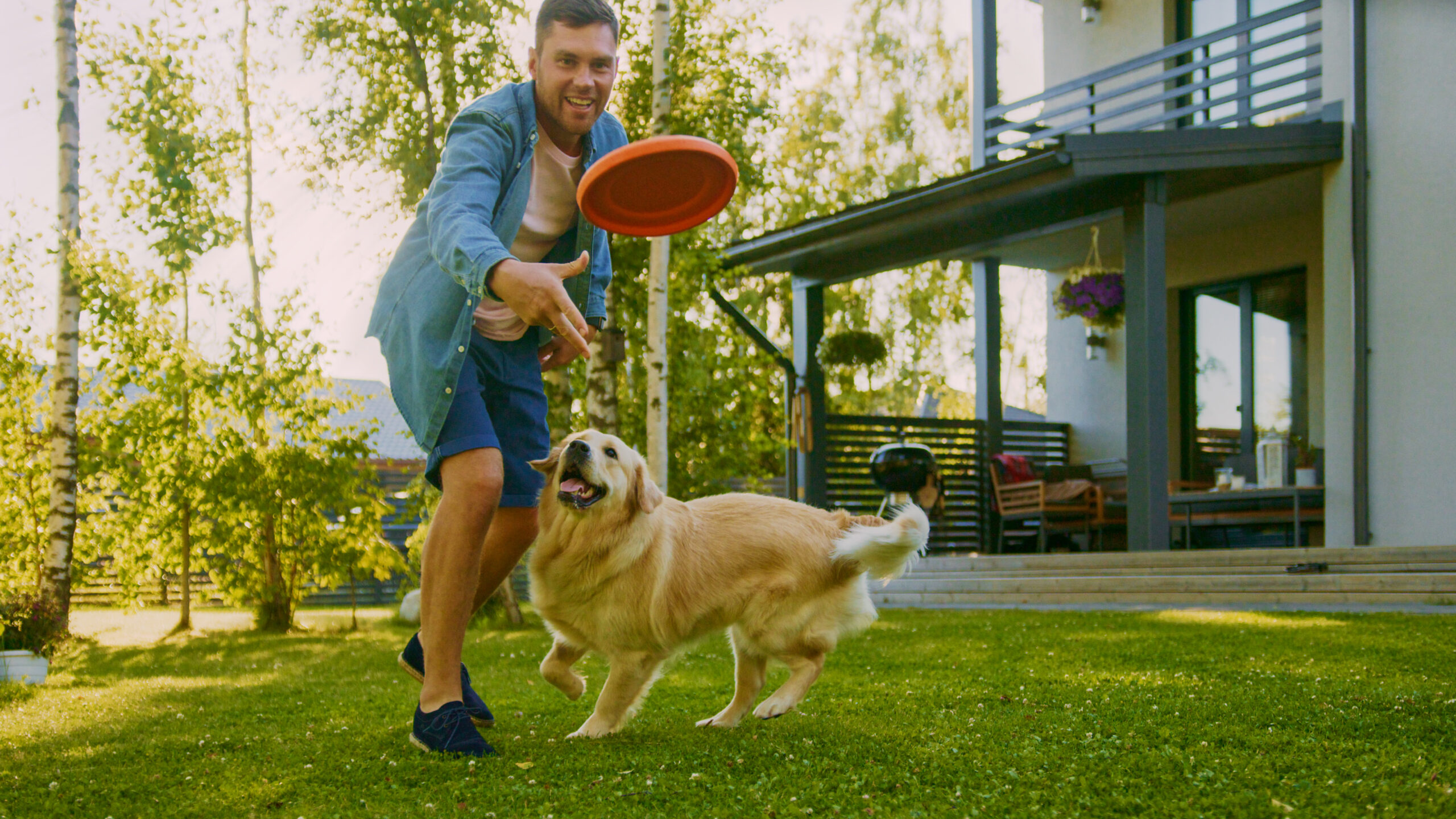
Every dog owner dreams of having a well-behaved, obedient, and happy companion. Yet, even the most affectionate dogs can develop challenging behavioural issues that disrupt daily life. These behaviours are often misunderstood as disobedience when they actually stem from lack of structure, boredom, or fear.
In Durham, NC, expert trainers at Top Dog Training and Resort provide practical, compassionate solutions through structured lessons and individualized guidance. Their programs combine obedience training, enrichment, and socialization to help dogs build confidence and balance. Let’s explore 10 common behavior problems and how professional dog training in Durham can effectively resolve them.
Excessive Barking
Why Dogs Bark Too Much
Barking is a natural communication tool, but when constant, it can indicate underlying stress, lack of stimulation, or confusion about boundaries. Dogs may bark at passing cars, delivery people, or even out of loneliness. Without redirection, this can become habitual and stressful for both the pet and the owner.
How Training Helps
Trainers teach dogs to respond to calm commands and reward quiet behavior. Over time, positive reinforcement helps them understand when barking is acceptable. Structured sessions at a dog days training center like Top Dog Training and Resort reduce overstimulation and teach impulse control, making the home environment more peaceful for everyone.
Jumping on People
The Root Cause
Jumping often stems from excitement or a lack of boundaries, especially in puppies who crave attention. It’s their way of greeting people enthusiastically, though it can be intimidating or inconvenient for guests. This behavior, if ignored, may persist into adulthood and cause unwanted situations in social settings.
The Training Approach
Trainers implement consistent “sit-to-greet” techniques that replace jumping with calm, polite interaction. Rewarding good manners encourages repetition. Through repetition and structured sessions, dogs learn to control impulses and build respect for personal space. Over time, they begin to greet people with composure, strengthening trust between dogs and handlers.
Pulling on the Leash
Why It Happens
Dogs often pull because walking at their natural pace feels exciting and instinctive. They’re eager to explore, leading to a tug-of-war dynamic that frustrates owners. Without correction, leash pulling can make walks unpleasant and potentially unsafe. Over time, this habit can even strain the dog’s neck or the handler’s arm.
How Training Corrects It
Professional trainers use positive reinforcement, stop-and-start walking, and focus cues to redirect the dog’s energy. Dogs learn that walking beside the owner earns praise and comfort. These lessons, combined with structured practice, make daily walks enjoyable, safe, and a bonding experience for both pet and owner.
Separation Anxiety
Understanding the Behavior
Dogs thrive on companionship and routine. When left alone, some develop distress that manifests through whining, destructive chewing, or house soiling. Anxiety stems from fear of abandonment or a sudden change in routine. Without intervention, it can escalate, making it difficult for owners to leave the home peacefully.
How Training Resolves It
Gradual desensitization and structured independence training teach dogs that alone time isn’t frightening. At Top Dog Training and Resort’s Durham facility, trainers use confidence-building exercises and daycare programs to ease anxiety. Regular exposure and positive associations create calm, self-assured dogs who can relax even when owners aren’t home.
Aggression Toward Other Dogs or People
Possible Triggers
Aggression often develops from fear, resource guarding, or lack of early socialization. It’s one of the most serious behavioral issues because it poses safety risks. Some dogs react defensively to unfamiliar people or pets due to past trauma or uncertainty. Understanding the underlying cause is crucial to resolving this issue effectively.
Training Techniques
Behavior modification programs focus on identifying triggers and using controlled exposure. Trainers employ desensitization, confidence-building, and calm assertive handling to reshape responses. With time, the dog learns alternative coping behaviors. Under the guidance of experts at Top Dog Training and Resort, aggressive tendencies are replaced with trust and predictability.
Chewing and Destructive Behavior
Why Dogs Chew
Chewing provides comfort and mental engagement. However, excessive or inappropriate chewing often results from boredom, separation of stress, or teething discomfort in puppies. Unaddressed, it leads to damaged furniture and frustrated owners. Providing structure, stimulation, and consistent rules prevents destructive habits before they become ingrained.
How Trainers Address It
Trainers redirect chewing behavior by teaching dogs what’s acceptable to chew and reinforcing positive choices. Enrichment activities like puzzle toys or chewing alternatives keep dogs mentally active. At Top Dog Training and Resort, sessions combine supervision with stimulation, ensuring your dog’s energy is properly channeled throughout the day.
Housebreaking Issues
The Challenge
House training difficulties are common in young puppies or rescue dogs unfamiliar with indoor routines. Accidents may occur due to inconsistent schedules, poor communication, or limited supervision. Repeated incidents can frustrate owners and confuse the dog further, delaying progress. Effective training focuses on timing, consistency, and patience.
Training Solution
Structured puppy classes in Durham, NC emphasize crate training, positive reinforcement, and scheduling. Trainers help establish consistent routines so dogs associate specific times and places with relief. As owners follow the same cues at home, success rates improve, and dogs develop reliable bathroom habits that strengthen household harmony.
Fear-Based Behavior
Identifying Fear Responses
Fearful dogs may tremble, hide, bark, or even lash out defensively when overwhelmed. These reactions often originate from lack of social exposure during critical developmental stages or negative past experiences. Over time, such fear responses limit a dog’s confidence and ability to engage positively with the world around them.
Training and Rehabilitation
Trainers use slow exposure and positive reinforcement to rebuild confidence and trust. Safe, controlled environments allow dogs to experience success at their own pace. With support from an experienced dog trainer near you, fearful dogs gradually develop courage, transforming anxiety into curiosity and calm responsiveness over time.
Digging in the Yard
Why Dogs Dig
Digging satisfies natural instincts related to exploration or comfort. Some breeds dig to cool off or to hunt underground scents, while others do it from boredom or stress. Unchecked digging can damage yards or gardens and frustrate homeowners. Recognizing the motivation behind this behavior is key to effective correction.
Training and Management
Trainers redirect the dog’s energy through structured play, exercise, and environmental enrichment. Providing digging boxes or alternative outlets helps meet natural instincts safely. Consistent reinforcement and mental stimulation at a professional dog training NC facility encourage positive habits, protecting both the dog’s well-being and your outdoor spaces.
Resource Guarding
Understanding the Behavior
Resource guarding occurs when dogs protect food, toys, or resting areas, often growling or snapping if approached. It’s rooted in insecurity and fear of loss rather than dominance. Left unchecked, it can escalate into aggression or isolation, affecting the bond between owner and dog.
How Trainers Correct It
At Top Dog Training and Resort, trainers use trust-based exercises to help dogs associate sharing with safety and reward. Gradual desensitization and positive reinforcement reduce guarding tendencies. As confidence grows, dogs learn to relax around others, transforming possessive behavior into calm cooperation and mutual respect.
Table: Common Dog Behavior Problems and Training Solutions
| Behavior Problem | Root Cause | Training Solution |
| Excessive Barking | Anxiety or boredom | Quiet command & reward training |
| Jumping on People | Excitement or attention-seeking | Sit-to-greet technique |
| Leash Pulling | Lack of leash training | Loose-leash walking exercises |
| Separation Anxiety | Fear of being alone | Gradual desensitization & structured daycare |
| Aggression | Fear or territorial instincts | Controlled socialization & confidence building |
| Destructive Chewing | Boredom or teething | Redirect chewing & mental stimulation |
| Housebreaking Issues | Lack of routine | Crate training & positive reinforcement |
| Fear-Based Behaviour | Poor early socialization | Exposure therapy & confidence exercises |
| Digging | Boredom or hunting instincts | Structured exercise & play redirection |
| Resource Guarding | Insecurity or competition | Trust-based training & desensitization |
Why Professional Dog Training in Durham Makes the Difference
Many behavioral challenges stem from misunderstandings between pets and their owners. Professional dog training in Durham bridges this gap through consistent structure and communication. Trainers teach both dogs and humans to work as a team, ensuring sustainable results.
At Top Dog Training and Resort, programs are tailored to individual needs, emphasizing positive reinforcement and trust. This approach builds reliability and respect while addressing behavior issues at their root cause. The result is a calmer, more confident dog that thrives both at home and in social settings.
Benefits of Enrolling in a Dog Training Program
- Better Communication: Training helps you understand your dog’s cues and communicate expectations clearly, reducing confusion.
- Improved Socialization: Structured group settings build confidence and teach dogs to behave appropriately around others.
- Enhanced Safety: Reliable obedience reduces risks in public or unfamiliar environments.
- Stress Reduction: Predictable routines help dogs feel secure and balanced.
- Strengthened Bond: Training reinforces trust and mutual respect, deepening your emotional connection over time.
For personalized programs and professional guidance, schedule a consultation via Top Dog Training and Resort’s contact page. Their experts can recommend the right course to support your dog’s growth and confidence.
What to Expect in Puppy Classes in Durham, NC
Early training builds the foundation for lifelong good behavior. Puppy classes in Durham, NC cover essential skills like basic commands, leash etiquette, and socialization. Puppies are introduced to new environments and people, which boosts confidence and reduces fear.
These classes also teach owners effective handling and reward methods. Trainers encourage patience, consistency, and clear communication, helping young dogs grow into well-adjusted adults. With the guidance of Top Dog Training and Resort, puppyhood becomes a joyful learning experience instead of a challenging adjustment period.
Choosing the Right Dog Trainer Near You
Selecting a qualified dog trainer near me requires careful research. Look for certified trainers who use humane, reward-based methods that prioritize your dog’s emotional well-being. Training should be collaborative and transparent, with clear communication between trainers and the owner.
At Top Dog Training and Resort, every trainer focuses on individualized care, ensuring that each dog’s unique temperament and needs are respected. The result is a balanced approach that promotes long-term behavior change without stress or punishment.
Conclusion
Every dog has the potential to be calm, confident, and obedient with the right guidance. Addressing behavioral problems through professional training not only transforms your pet’s habits but also strengthens your bond.
With expert programs from Top Dog Training and Resort, you can turn challenges into opportunities for growth and companionship. Whether you’re seeking dog training in Durham or puppy classes in Durham, NC, the right program provides structure, understanding, and lifelong benefits for your dog and your household.
Learn more about specialized programs at Top Dog Training and Resort or contact their team today to begin your dog’s journey toward better behavior and balanced living.
SCHEDULE A MEET AND GREET
Thank you for loving him!
While there, he did have a medical event which came as a surprise to everyone, I received a call explaining the situation and a suggested course of action. Being overseas there was little I could do. Again, Jenny and the Top Dog staff stepped up going beyond the call for Loki. Today, we picked him up, healthy and very happy and I cannot express enough gratitude for the amazing care, play and training these folks did for Loki. You guys are awesome!
Update: 3/15/24 Elodie is still going here and extremely excited when we pull in their driveway. I wish I could add more stars to their review! This past week was Elodie’s second birthday. They threw her a little birthday pawty and gave her a doggie cookie-cake! I updated the photos to show a screenshot of a video they provided to me. I’m so pleased with their care of my fur baby ❤️
FAQs (Frequently Asked Questions)
Training duration depends on your dog’s age, breed, and personality. Most dogs begin to show noticeable improvements after 4–6 weeks, though consistent reinforcement at home ensures lasting results and behavioral stability.
The ideal time is between 8–12 weeks, when puppies are most receptive to learning. Early exposure promotes confidence, prevents bad habits, and supports smoother transitions into family life.
Yes. With patience and consistency, dogs of any age can unlearn problematic behaviours. Professional trainers adapt techniques to match your dog’s learning pace and motivation, ensuring steady progress.
Group training fosters socialization and focus in stimulating environments, while private sessions target specific issues. Trainers at Top Dog Training and Resort will assess your dog’s temperament and suggest the best fit.
Aggression requires specialized assessment and a structured plan. Certified trainers focus on safety and rehabilitation through desensitization and confidence-building, helping dogs learn calm, controlled responses.

